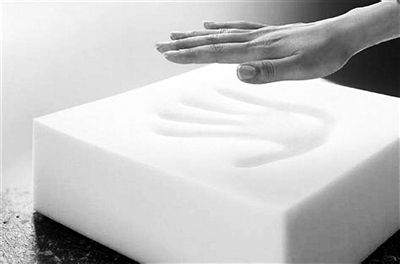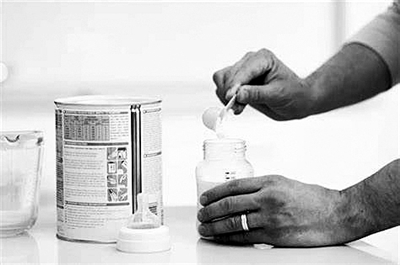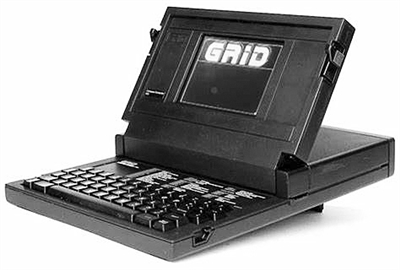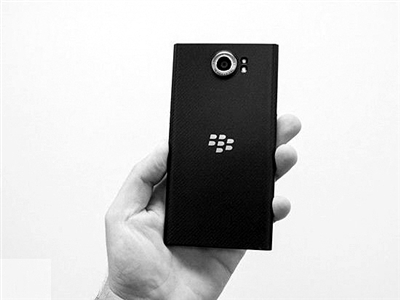How many of these technologies from NASA have you seen?




Today viewpoint
Aerospace gives people a special feeling of "high cold", which reminds them of advanced fighter planes and magnificent space stations that ordinary people can’t see, touch or use.
A few days ago, the well-known American website "GOBankingRates" took stock of 25 kinds of technologies originated from the National Aeronautics and Space Administration (NASA) in our daily life, which spread all over our "food, clothing, housing and transportation". They come from the distant sky, but they are convenient for our daily life.
Food: baby milk powder, freeze-dried fruit, food safety packaging.
At present, more than 90% of infant formula in the United States contains microalgae. It was originally the product of NASA research, the purpose of which was to test the potential use of algae as an oxygen "recycling agent" in space travel.
Freeze-dried fruit is a common snack. However, the purpose of NASA’s development of freeze-drying technology is to make the fruits in the Apollo mission easier to carry, and this technology can maintain 98% nutrition with 20% quality.
In order to ensure the safety and quality control method of space flight food development, NASA has now become a food industry standard to protect the food safety of consumers all over the world.
Life: memory foam mattress, scratch-resistant lenses, anti-ultraviolet sunglasses, cordless vacuum cleaner, Nike air-cushion sports shoes, space blankets, ski boots.
Comfortable memory foam mattress can fully fit the human body and relieve stress, which is necessary for many families. Memorable foam was not originally used to make mattresses. It was originally developed by NASA to cushion the impact of spacecraft landing on astronauts.
Compared with ordinary glass, scratch-resistant lenses have a longer life. In fact, the scratch-resistant coating is a "by-product" accidentally discovered by Jet Propulsion Laboratory (JPL) under NASA when researching the diamond hard coating for aerospace.
In 1980s, two scientists from JPL developed a kind of welding glasses, which can absorb, filter and scatter the strong light emitted during welding. Later, this technology was widely used in anti-ultraviolet sunglasses.
Initially, Black&Decker was ordered to develop a portable device for Apollo and Gemini missions, which was used to extract samples from below the surface of the moon. This technology has been improved to become a "cordless vacuum cleaner".
Nike air-cushioned sneakers use the patent of "Blow Rubber Molding" obtained by M. Frank Rudy, a former engineer of NASA. The initial application target of this technology is spacesuit.
The space blanket is insulated and heat-preserved, which is an essential item for survival in the wild and marathon. But it was originally developed by NASA to protect spacecraft and astronauts at low temperatures.
In addition, the technology used by NASA in the joints of spacesuits has been improved and used in ski boots, which improves the athletes’ control ability in skiing.
Home: swimming pool purification system, household heat insulation materials.
In order to resist the extremely low space temperature, NASA made an insulating material called "radiation barrier" from aluminized polyester. According to JPL, aluminized polyester is now used in most household insulation materials.
In 1960s, NASA developed an electrolytic silver iodide filter to provide clean drinking water for astronauts, and now it is widely used to purify swimming pools.
Travel: aircraft deicing system, precision GPS, anti-skid groove on highway, better tires.
According to NASA’s technology transfer plan, civil aircraft can fly in cold weather, mainly due to a thermoelectric deicing system called Thermawing developed by NASA.
Many mobile phones are equipped with precision GPS technology developed by JPL, and its data comes from JPL global GPS receiver network. Even if there is no wireless connection, you can still use GPS positioning on your mobile phone.
NASA’s Langley Research Center has developed anti-skid slot technology to prevent aircraft accidents on wet runways. Later, this technology was widely used in expressways.
In 1970s, Goodyear Company developed a new tire material for NASA Viking Mars probe, which was used in parachute system. This technology was later used to improve ordinary tires, increasing their life by 10,000 miles.
Electronic products: mobile phone camera, notebook computer, high-power solar cell, wireless headset, mouse, CAT scanner.
In the 1990s, NASA asked JPL scientists to make a miniature camera that can be installed on spacecraft while ensuring the quality of photography. According to JPL, one-third of mobile phone cameras now use this technology.
According to the Smithsonian National Air and Space Museum, "Grid Compass" is the first notebook computer in the world. It was first used in the space shuttle mission in 1983, which is one of the inventions of NASA.
The crystalline silicon solar cells used in the home originally came from the lightweight solar energy system developed by the Environmental Research Aircraft and Sensor Technology Alliance under NASA for electric aircraft.
NASA has developed wireless headphones for astronauts to facilitate their communication. Now this technology has entered thousands of households.
According to JPL, a NASA researcher developed a computer mouse in the 1960s, which allowed users to operate on the computer screen and made the computer more interactive.
JPL initially developed a CAT scanner to scan aerospace components to get advanced digital images to detect defects. Now, it has become a commonly used medical instrument.
Medical care: cochlear implant, invisible dental appliance, ear temperature thermometer.
Adam Kiser, an engineer at Kennedy Space Center, used his working experience in electronic, sound and vibration sensor systems in the space shuttle project to develop early cochlear implants by using electric pulses instead of sound amplification technology.
Compared with the traditional metal appliance, the invisible dental appliance is more beautiful. It is made of transparent polycrystalline alumina, which was originally developed by NASA to track heat-seeking missiles.
Nowadays, many parents use ear thermometer to measure the temperature of sick babies or young children. According to JPL, this thermometer adopts infrared dissection technology invented by NASA and Diatek.
There is always one of these 25 technologies that you have seen, touched and used. Aerospace technology can not only be used in high space, but also improve our quality of life after landing, which is one of the driving forces for human beings to explore and fly higher and farther.
(Science and Technology Daily, Beijing, July 8 th)